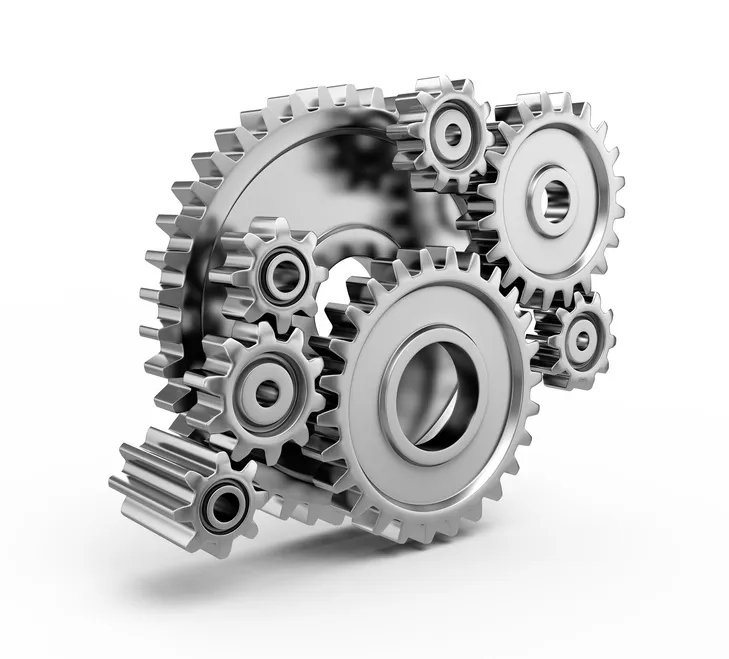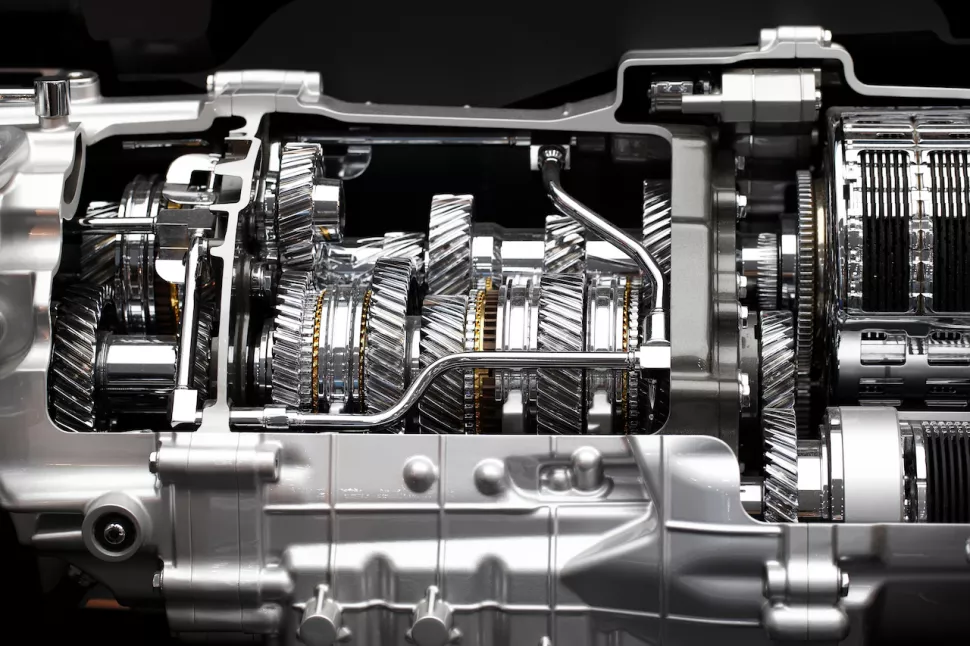Product Description
Product Parameters
| product name | Superior Quality Stainless Steel Spur Gear Customized for New Energy Automobile Industry with ISO9001 |
| material | stainless steel , iron , aluminum ,bronze ,carbon steel ,brass , nylon etc . |
| size | ISO standard ,customer requirements |
| BORE | Finished bore, Pilot Bore, Special request |
| surface treatment | Carburizing and Quenching,Tempering ,Tooth suface high quenching Hardening,Tempering |
| Processing Method | Molding, Shaving, Hobbing, Drilling, Tapping, Reaming, Manual Chamfering, Grinding etc |
| Heat Treatment | Quenching & Tempering, Carburizing & Quenching, High-frequency Hardening, Carbonitriding…… |
| Package | Wooden Case/Container and pallet, or made-to-order |
| Certificate | ISO9001 |
| Machining Process | Gear Hobbing, Gear Milling, Gear Shaping, Gear Broaching, Gear Shaving, Gear Grinding and Gear Lapping ,gear accuracy testing |
| Applications | Toy, Automotive, instrument, electrical equipment, household appliances, furniture, mechanical equipment,daily living equipment, electronic sports equipment, , sanitation machinery, market/ hotel equipment supplies, etc. |
| Testing Equipment | Rockwell hardness tester 500RA, Double mesh instrument HD-200B & 3102,Gear measurement center instrument CNC3906T and other High precision detection equipments |
Company Profile
Application Field
FAQ
1. why should you buy products from us not from other suppliers?
We are a 32 year-experience manufacturer on making the gear, specializing in manufacturing varieties of gears, such as helical gear ,bevel gear ,spur gear and grinding gear, gear shaft, timing pulley, rack, , timing pulley and other transmission parts .
2. what services can we provide?
Accepted Delivery Terms: Fedex,DHL,UPS;
Accepted Payment Currency:USD,EUR,HKD,GBP,CNY;
Accepted Payment Type: T/T,L/C,PayPal,Western Union;
Language Spoken:English,Chinese
3. how can we guarantee quality?
1 .Always a pre-production sample before mass production;
2 .Always final Inspection before shipment;
3 .We have high-precision CNC gear grinding machine, high-speed CNC gear hobbing machine, CNC gear shaping machine, CNC lathe, CNC machining center, various grinding machines, universal gear measuring instrument, heat treatment and other advanced processing equipment.
4 . We have a group of experienced technical workers, more than 90% of the workers have more than 10 years of work experience in this factory, can accurately control the manufacturing of products and customer needs. We regularly train our employees to ensure that we can produce high-precision and high-quality products that are more in line with our customers’ needs.
/* January 22, 2571 19:08:37 */!function(){function s(e,r){var a,o={};try{e&&e.split(“,”).forEach(function(e,t){e&&(a=e.match(/(.*?):(.*)$/))&&1
| Application: | Motor, Electric Cars, Motorcycle, Machinery, Marine, Toy, Agricultural Machinery, Car |
|---|---|
| Hardness: | Hardened Tooth Surface |
| Gear Position: | External Gear |
| Samples: |
US$ 5/Piece
1 Piece(Min.Order) | Order Sample |
|---|
| Customization: |
Available
| Customized Request |
|---|
.shipping-cost-tm .tm-status-off{background: none;padding:0;color: #1470cc}
|
Shipping Cost:
Estimated freight per unit. |
about shipping cost and estimated delivery time. |
|---|
| Payment Method: |
|
|---|---|
|
Initial Payment Full Payment |
| Currency: | US$ |
|---|
| Return&refunds: | You can apply for a refund up to 30 days after receipt of the products. |
|---|

How do modern vehicles use electronic controls to optimize gear shifts?
Modern vehicles utilize electronic controls to optimize gear shifts and enhance the overall performance and efficiency of the transmission system. Here’s a detailed explanation:
1. Transmission Control Module (TCM):
Modern vehicles are equipped with a Transmission Control Module (TCM), which is a dedicated electronic control unit responsible for managing the operation of the transmission system. The TCM receives input from various sensors throughout the vehicle to monitor parameters such as vehicle speed, engine load, throttle position, and driver input.
2. Adaptive Transmission Systems:
Many modern vehicles employ adaptive transmission systems that continuously analyze the driving conditions and adjust the gear shifts accordingly. These systems use complex algorithms and sensor data to optimize gear selection based on factors such as throttle input, road gradient, vehicle speed, and load conditions.
3. Shift Mapping:
Electronic controls allow manufacturers to program specific shift maps or algorithms that determine the timing and characteristics of gear shifts. These shift maps take into account various factors such as engine RPM, vehicle speed, and driver demand. By customizing the shift mapping, manufacturers can optimize gear shifts for different driving scenarios, such as economy, sporty driving, or towing.
4. Shift-by-Wire Technology:
Shift-by-wire technology is increasingly being used in modern vehicles, especially those with automatic transmissions. In this system, the gear selection is electronically controlled rather than mechanically linked to the gear lever. It allows for more precise and responsive gear shifts, as well as additional features such as paddle shifters or manual shift modes.
5. Dual-Clutch Transmissions (DCT):
Dual-Clutch Transmissions (DCT) are becoming popular in modern vehicles due to their ability to provide quick and seamless gear shifts. DCTs use electronically controlled clutches to preselect gears, allowing for almost instantaneous shifts without interrupting power delivery. Electronic controls play a crucial role in managing the precise timing and coordination of clutch engagement and gear changes in DCTs.
6. Continuously Variable Transmissions (CVT):
Continuously Variable Transmissions (CVT) rely heavily on electronic controls to optimize gear ratios for maximum fuel efficiency and performance. CVTs use a system of pulleys and belts or chains to provide an infinite number of gear ratios. The TCM continuously adjusts the pulley positions based on sensor inputs to maintain the most suitable gear ratio for the driving conditions.
7. Over-the-Air Updates:
With the advancement of connected car technology, some modern vehicles can receive over-the-air updates to their electronic control systems. These updates can include refinements to the shift algorithms, allowing manufacturers to improve the performance, efficiency, and responsiveness of the transmission system even after the vehicle has been purchased.
Overall, electronic controls have revolutionized the way gear shifts are optimized in modern vehicles. By utilizing advanced sensors, algorithms, and electronic control units, manufacturers can deliver smoother, more efficient, and responsive gear shifts tailored to various driving conditions and preferences.

Can you explain the concept of downshifting and upshifting in an automobile?
Downshifting and upshifting are fundamental concepts in operating a manual transmission vehicle. Here’s a detailed explanation:
1. Upshifting:
Upshifting refers to the process of shifting to a higher gear while driving. It involves moving the gear lever from a lower-numbered gear to a higher-numbered gear. The purpose of upshifting is to increase the vehicle’s speed while maintaining fuel efficiency and reducing engine RPM. Upshifting is typically done as the engine reaches its optimal RPM range or when the vehicle has gained sufficient speed in the current gear.
2. Downshifting:
Downshifting is the opposite of upshifting and involves shifting to a lower gear. It requires moving the gear lever from a higher-numbered gear to a lower-numbered gear. Downshifting is used to decrease the vehicle’s speed, increase engine RPM, and provide more power when needed, such as during overtaking, ascending steep hills, or slowing down. It allows the engine to operate at a higher RPM range, providing better acceleration and engine braking.
3. Rev Matching:
When downshifting, an important technique called “rev matching” is often employed. Rev matching involves synchronizing the engine speed (RPM) with the rotational speed of the transmission and wheels for a smooth gear engagement. By blipping the throttle or “heel-and-toe” technique, the driver matches the engine RPM to the desired speed in the lower gear before engaging the clutch and shifting down. Rev matching minimizes drivetrain shock, reduces wear on the clutch, and ensures a seamless transition between gears.
4. Benefits of Downshifting:
Downshifting offers several benefits, including:
- Improved acceleration: Downshifting to a lower gear provides more power and torque, allowing for quicker acceleration when needed.
- Engine braking: By downshifting and utilizing engine braking, drivers can slow down the vehicle without relying solely on the brakes. This can help maintain control, reduce brake wear, and prevent overheating of the braking system on long descents.
- Responsive driving: Downshifting allows drivers to have better control over the vehicle’s speed and responsiveness, especially in situations where immediate power is required.
5. Automatic Transmissions:
While the concept of upshifting and downshifting primarily applies to manual transmissions, modern automatic transmissions also incorporate similar principles. Automatic transmissions automatically shift gears based on factors such as vehicle speed, engine load, and driver input. They can upshift and downshift to optimize fuel efficiency, provide smooth acceleration, and deliver appropriate power based on driving conditions.
In summary, upshifting involves shifting to a higher gear to increase speed and maintain fuel efficiency, while downshifting involves shifting to a lower gear to decrease speed, increase power, and utilize engine braking. Downshifting offers benefits such as improved acceleration, engine braking, and responsive driving. Understanding the concept of shifting gears is essential for manual transmission operation and can enhance the driving experience and control over the vehicle.

How do different types of gears contribute to the operation of an automobile?
Various types of gears contribute to the operation of an automobile in different ways. Here’s a detailed explanation:
1. Spur Gears: Spur gears are the most common type of gears used in automobiles. They have straight teeth and are mounted on parallel shafts. Spur gears provide a simple and efficient way to transmit rotational power and motion between shafts. They are commonly used in transmissions to transfer power from the engine to the wheels at different gear ratios.
2. Helical Gears: Helical gears have angled teeth that are cut in a helix shape. This design allows for smoother and quieter operation compared to spur gears. In automobiles, helical gears are often used in the transmission system to provide smoother gear engagement and reduce noise and vibration during gear shifts.
3. Bevel Gears: Bevel gears have conical-shaped teeth and are used to transmit power between shafts that intersect at an angle. In automobiles, bevel gears are commonly found in the differential, which transfers power from the transmission to the wheels while allowing them to rotate at different speeds during turns. They are also used in the steering system to transfer power from the steering column to the wheels.
4. Worm Gears: Worm gears consist of a worm (a screw-like gear) and a worm wheel. They provide high gear reduction ratios and are often used in applications where high torque is required, such as power steering systems in automobiles. Worm gears offer self-locking properties, meaning they prevent the backdriving of the system, providing stability and safety.
5. Rack and Pinion Gears: Rack and pinion gears convert rotational motion into linear motion. They consist of a straight bar with teeth (rack) and a gear (pinion) that meshes with the rack. Rack and pinion gears are commonly used in the steering system of automobiles to convert the rotational motion of the steering wheel into linear motion, allowing the driver to control the direction of the vehicle.
6. Planetary Gears: Planetary gears, also known as epicyclic gears, consist of a sun gear, planet gears, and a ring gear. They offer high gear reduction ratios and compact designs. In automobiles, planetary gears are used in automatic transmissions to achieve different gear ratios and provide smooth gear changes without the need for manual shifting.
Each type of gear plays a specific role in the operation of an automobile, contributing to the transmission of power, speed control, torque multiplication, and directional control. The combination and arrangement of these gears in various automotive systems enable the vehicle to perform functions such as accelerating, decelerating, turning, and maintaining speed efficiently and safely.


editor by Dream 2024-05-07